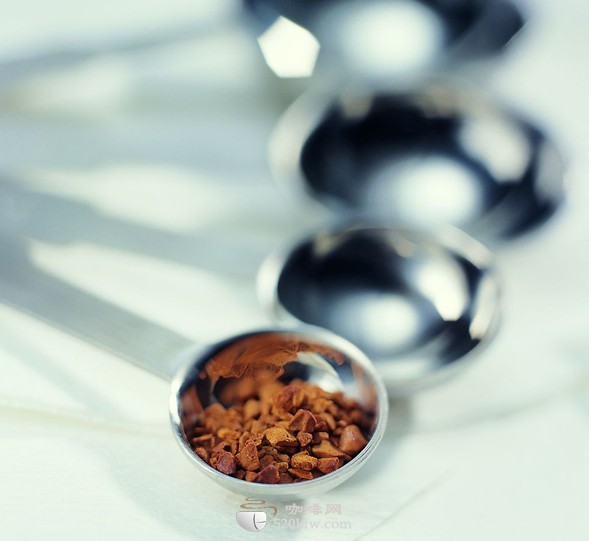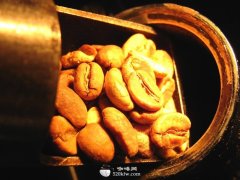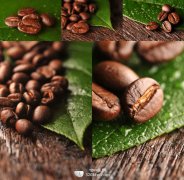Fine Coffee: the Challenge of Coffee roasting to Coffee roasters

The entrance of coffee has five flavors: fragrant, sour, bitter, sweet and mellow. In the magical world of bakers, coffee is life.
Coffee roasting is a challenge for coffee roasters, it requires coffee roasters to have great patience, to be highly focused, to listen to the cracking sound of coffee beans, to smell the formation and changes of coffee bean aroma, and to judge the exact color of coffee beans. When the coffee beans are constantly flipped in the baking bin, the roaster uses a sampler to take a small amount of beans out of the baking bin and observe them carefully to decide when to stop baking according to the changes in the shape, color, luster and smell of the coffee beans.
Coffee roasting is an art. A skilled coffee roaster must have an in-depth understanding of the raw beans he wants to roast, taking full account of the natural characteristics of all kinds of coffee. In the process of roasting, the roaster should timely adjust the throttle and firepower of the roaster to control the baking process according to the expectation of coffee before roasting, the set baking curve, the accumulated experience and knowledge.
Timing is important throughout the process of roasting coffee, especially at the end of the baking: when to end baking is an instant decision, a second earlier may fall short; a second later may be wasted.
A coffee roaster is not just a machine operator, he must integrate the skills and skills of artists, scientists and engineers, operate the roaster skillfully, and do his best to roast different coffees to a precise point in time to produce the perfect potential flavor of coffee. The pursuit of excellence is never-ending.
Important Notice :
前街咖啡 FrontStreet Coffee has moved to new addredd:
FrontStreet Coffee Address: 315,Donghua East Road,GuangZhou
Tel:020 38364473
- Prev

Fine Coffee Learn Coffee Bean Roasting Technology Tools
Coffee Roasting Coffee is popular mainly because of the aroma formed after roasting and the taste when drinking. Coffee beans themselves do not have any special taste, is roasted to completely transform and reorganize the internal substances of the beans, forming a new structure, thus bringing out the flavor of coffee. Baking tools Baking machine, divided into 3 categories: direct fire, semi-hot air direct
- Next

The basic chemical reactions that take place during coffee roasting.
Many thermal and chemical reactions take place during baking: decarbonation, dehydration of quinic acid, subdivision, isomerization, polymerization, and complex sugar reactions (caramelization). The main components of the thermal reaction are monosaccharides and sucrose, chlorogenic acid, free amino acids, and fenugreek amide. Both aravinose and calactose in the polysaccharides are transferred, and the basic vulcanization process includes hydroxylamine.
Related
- Beginners will see the "Coffee pull flower" guide!
- What is the difference between ice blog purified milk and ordinary milk coffee?
- Why is the Philippines the largest producer of crops in Liberia?
- For coffee extraction, should the fine powder be retained?
- How does extracted espresso fill pressed powder? How much strength does it take to press the powder?
- How to make jasmine cold extract coffee? Is the jasmine + latte good?
- Will this little toy really make the coffee taste better? How does Lily Drip affect coffee extraction?
- Will the action of slapping the filter cup also affect coffee extraction?
- What's the difference between powder-to-water ratio and powder-to-liquid ratio?
- What is the Ethiopian local species? What does it have to do with Heirloom native species?

